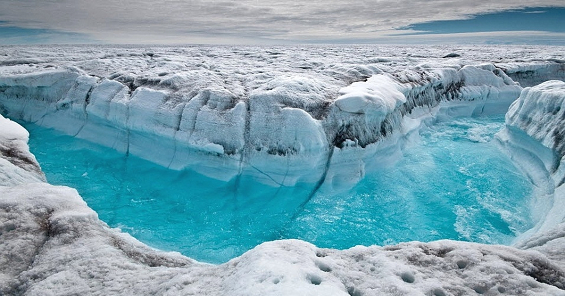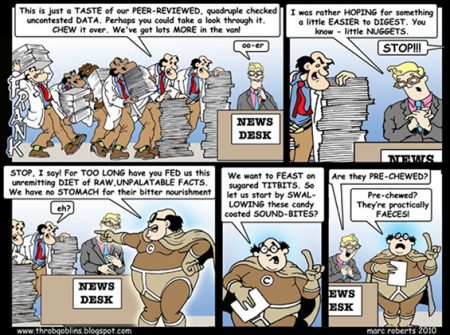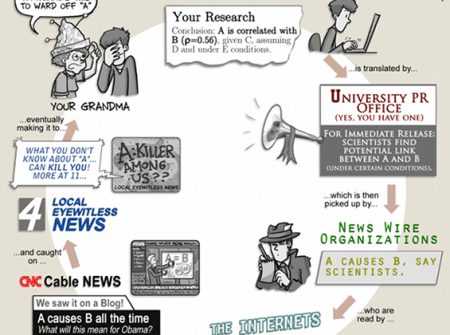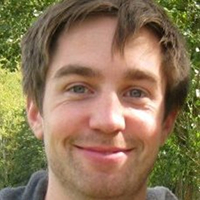
Chasing Ice and the power of the big screen
Last week, a group of us from the Cohen Research Group, School of Earth and Environment, University of Leeds, went to see a new movie. This is usually not an event worth blogging about but this movie was different. We saw the documentary “Chasing Ice”, a film by acclaimed environmental photographer James Balog. If you’re not aware of the film, Balog’s original interest in photographing ice at Jökulsárlón, Iceland and subsequent observations on and around glaciers, led to his desire to tell the story of the rapid retreat of glaciers as a result of climate change. Balog founded the Extreme Ice Survey (EIS) and deployed time lapse cameras across the arctic to monitor glacier health since 2007. With as many as 43 cameras in the field at one time, the time lapse photography tells an enchanting story about the extent of glacial retreat, both laterally and vertically, in Iceland, Greenland and Alaska. The images are certainly captivating, but what they show is quite scary.
The film contained some undeniably beautiful still and motion images of the Arctic, which are definitely worth going to see on the big screen. Visual feast aside, the message of this film is why I write this blog.
As geochemists, we spend generally spend our time designing and conducting experiments in order to input our results and observations into models. We use these models to predict how earth processes did/do/will happen(ed) in the past/present/future or in places and at scales we can’t yet make direct observations. While I work on the specifics of micro-scale interactions, I sometimes find it hard to see the bigger picture of the Earth system as a whole. “Chasing Ice” helped me open my eyes.

I think I understand the implications of a warming planet and I know that things could get quite messy for us, the perpetrators. Even so, I was shocked at the scale and speed of change to, as Balog phrases it, “the Earth’s coal mine canary” – glaciers. This film was created to debunk the American media’s denial of anthropogenic climate change, but it works on this side of the pond too. Across Europe, scientists, news agencies, governments and the public alike ‘get’ that climate change is happening. However, I’d argue that we are largely ignorant to the severity of the situation which we read and hear about regularly. I was shocked at the documented scale of change in some of the biggest glaciers in the Arctic and I think most others would be too.
The reason I was shocked whilst watching “Chasing Ice” was because this huge visual dataset was presented in a simple and accessible way. It was not presented as a spreadsheet of ice area, volume, air temperatures, and glacier flow rate with a detailed, peer reviewed paper. It was not presented as a ‘News Special’, filled to the brim with scaremongering (the kind of thing I tend to ignore). It was presented as a motion picture, with a “see for yourself” narrative, inviting the viewer to engage in the situation and the implications, ending with a “what are you going to do about it?”
In an interview during the film, Balog explains the reason for founding EIS because he wanted to have something to say if, in 20 years time, his children asked “what did you do about climate change”. Balog and the EIS have created a database of images, both for today and for the future, recording landscapes which may not exist in the future.
In an environment where improved communication of science is becoming evermore important, what can we learn from Chasing Ice? Does the classic model of communication work? How can we communicate the implications of our field’s work in a more accessible way?

We don’t all do research that will make a nice film. My PhD, for example, would be a thrilling 4 hour marathon consisting of minerals sitting in acidic water and miniature pine trees slowly dying – hardly the stuff of an academy award!
With UK universities all working flat out towards REF 2014 and ‘impact’ being THE vital aspect of research across all disciplines, is our science being communicated well enough?
I think I’ll leave this post there. Two things though, go and see the film and take people with you. Make sure you listen to the original song that has earned an academy award nomination for Chasing, Before My Time – J. Ralph, Scarlett Johansson & Joshua Bell.
Also, I’d enjoy a discussion on this, if you have any ideas on what more we can be doing to communicate our science more effectively please use the comments section below.
Original post in the Cohen Research Group User's blog (University of Leeds)
About the author

Andy Bray is a PhD student in the Cohen Geochemistry Group, School of Earth and Environment, University of Leeds and is supervised by Liane G. Benning and Steeve Bonneville. Andy’s studies are part of the World Universities Network Weathering Science Consortium investigating the biological weathering of primary minerals. Whilst working, Andy enjoys watching minerals dissolve and miniature pine trees grow. In a more natural environment, you might also find Andy telling bad jokes and jumping into rivers.
